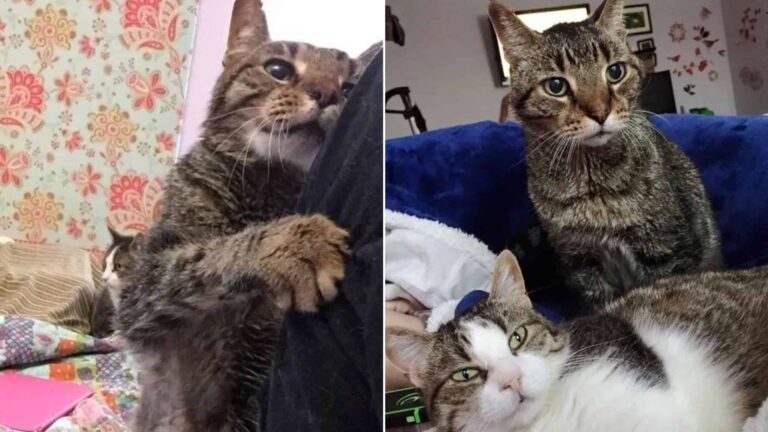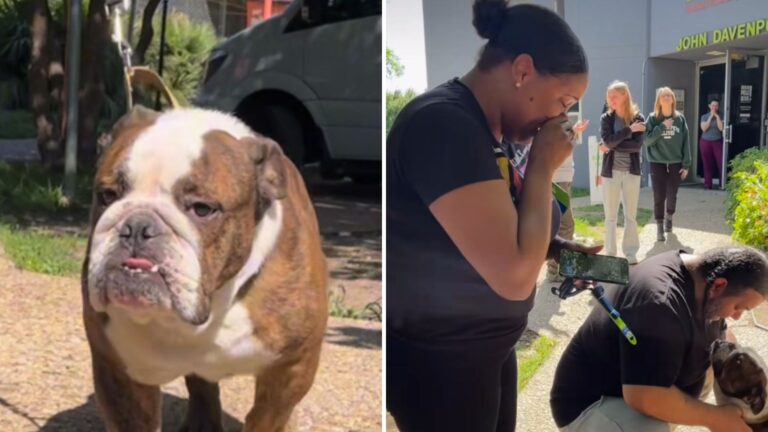NYC Pilot Fights To Rescue Thousands Of Neglected And Homeless Animals

Michael Schneider’s passion for animals began at an early age. By the time he was six, he already felt drawn to helping them.
“That’s all I ever knew growing up,” he told The Post, recalling how his family often visited the SPCA, a no-kill shelter in Briarcliff Manor, Westchester County, where they would adopt dogs and cats in need of a home.
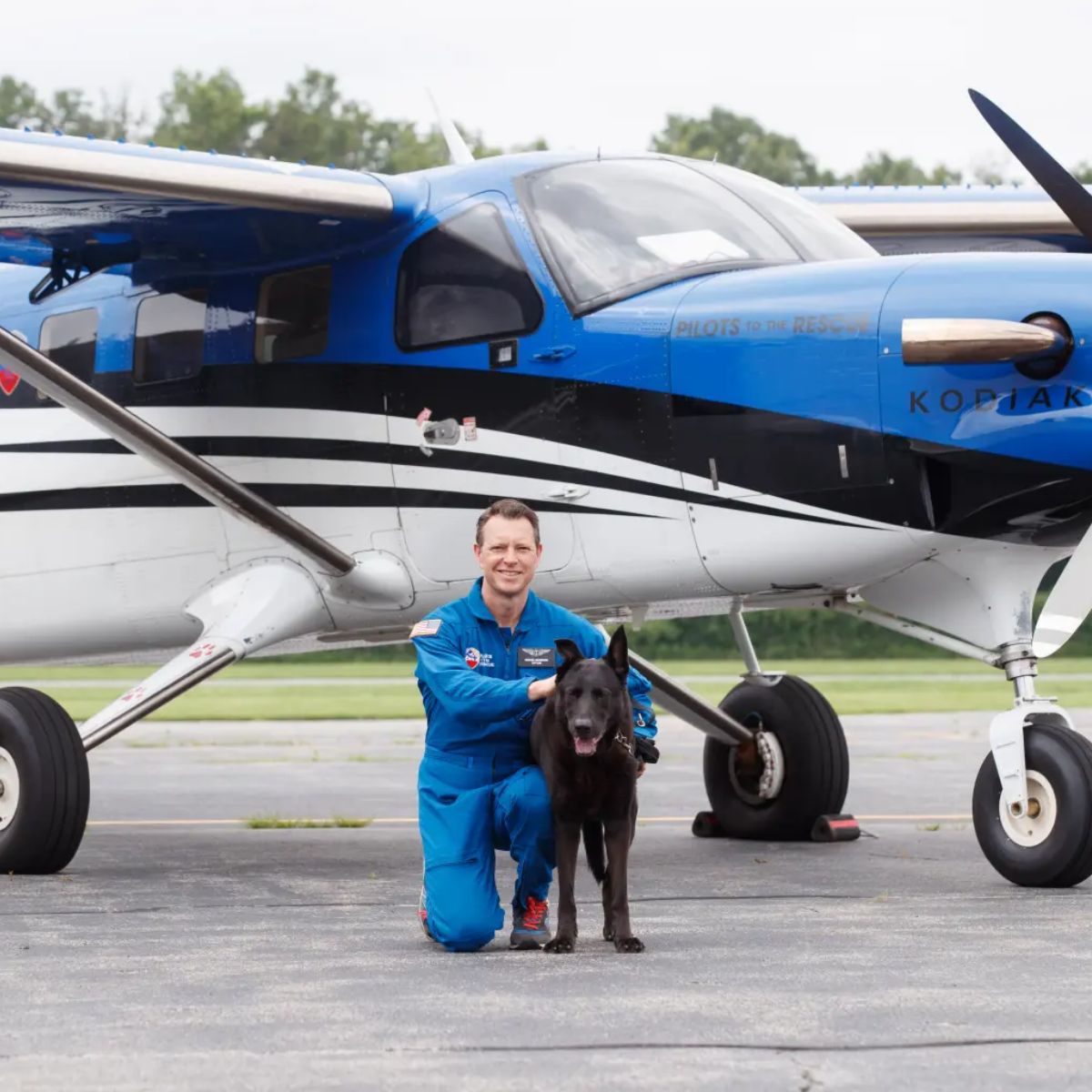
But his compassion didn’t stop there.
“Beyond that, I used to take in animals from the neighborhood. I was the little boy that took in the injured bird with a broken wing and nursed it back to health. I even had a pet sitting business when I was 11 years old.”
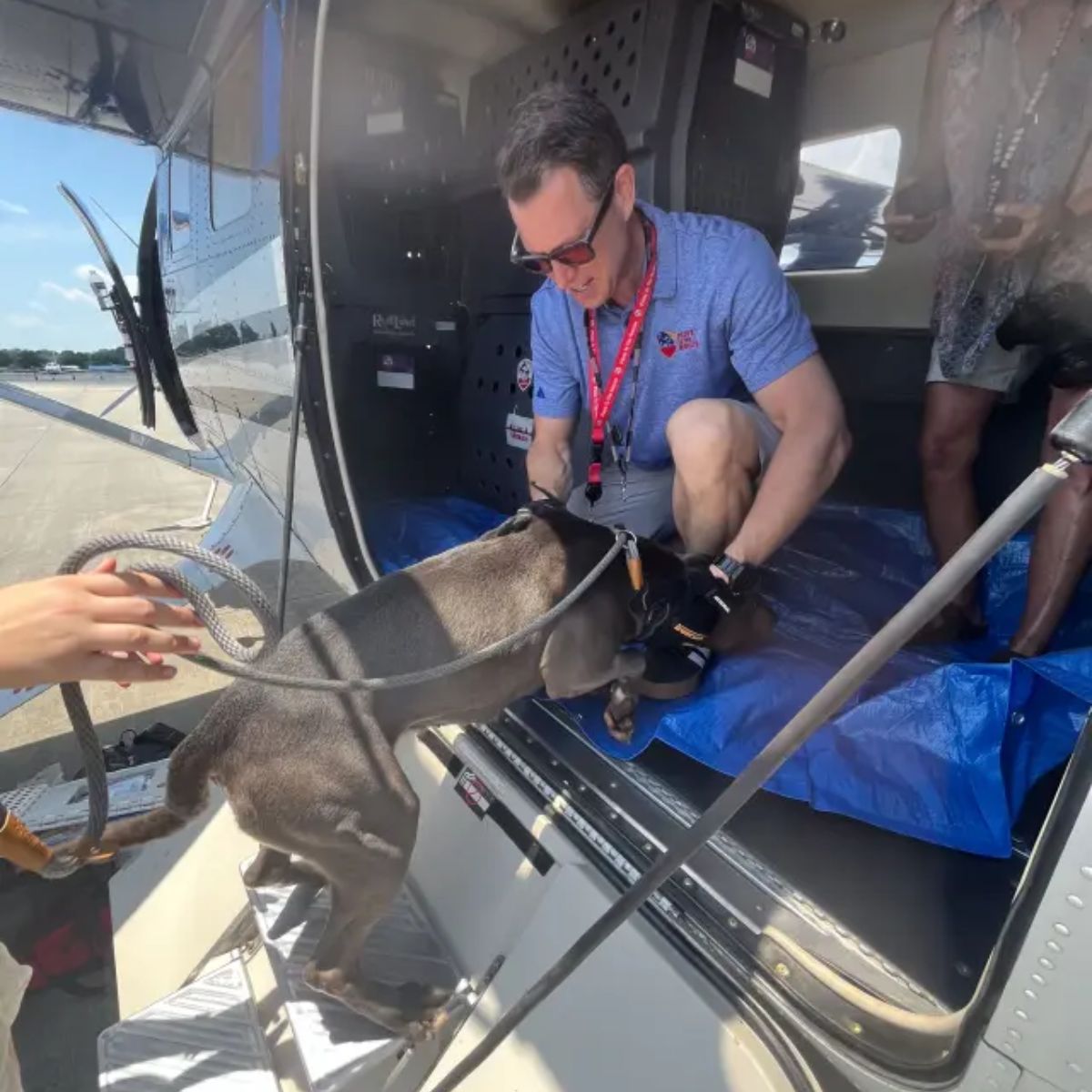
As he got older, Schneider found a second passion — flying. A life-changing skydiving trip inspired him to pursue a career as a commercial pilot. In time, his two greatest loves — aviation and rescuing animals — merged into one mission.
When he launched Pilots to the Rescue, a nonprofit that uses air transport to relocate animals from overcrowded shelters to safer rescues, the goal was to give at-risk animals a second chance.
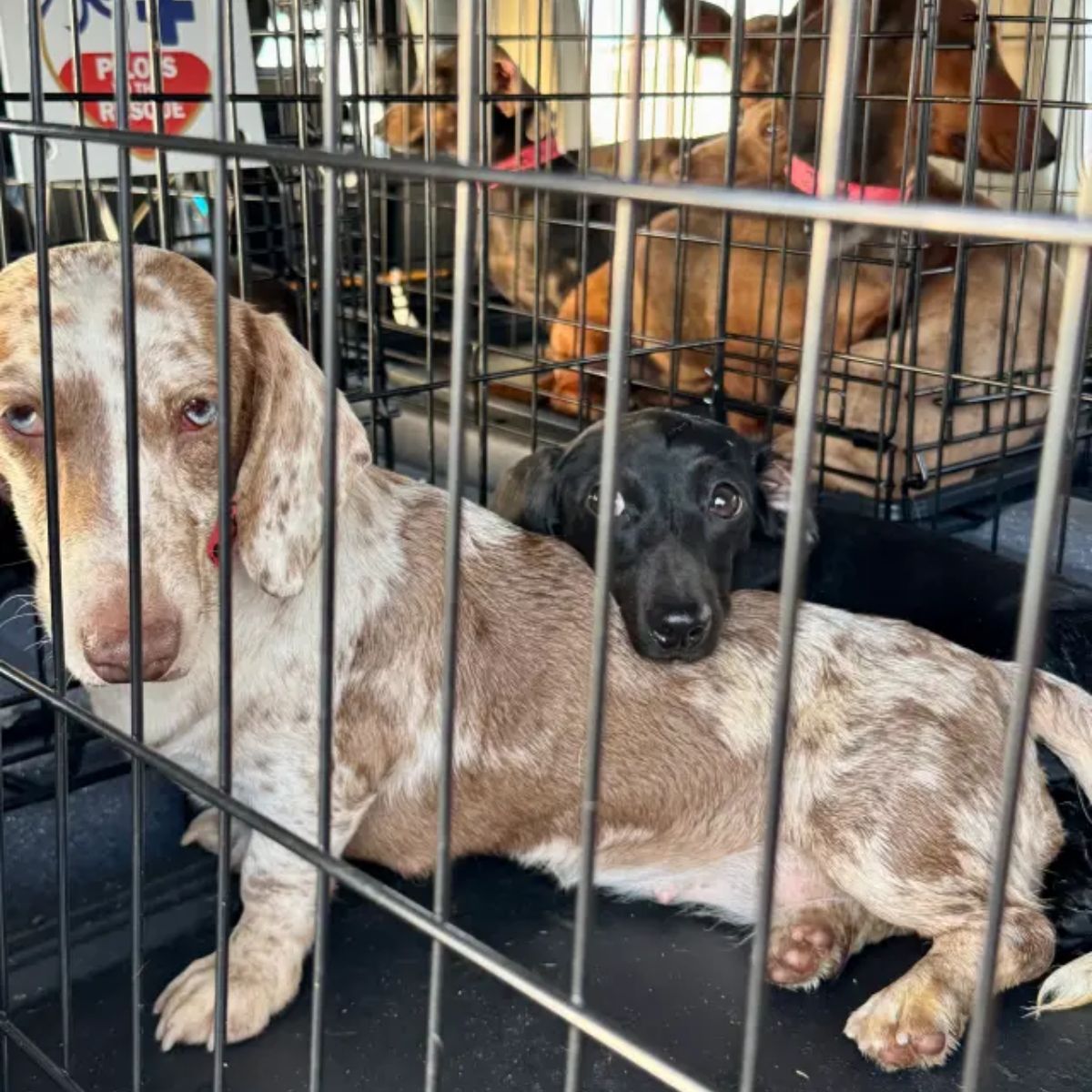
“I wanted to do something of substance with this pilot’s license that I worked so hard to achieve. I heard about people transporting animals at risk of being euthanized using airplanes, so when I learned about that, of course, I jumped on that opportunity.”
Just two days after coming up with the idea, he secured $12,000 in donations from family and friends to get the mission started. His message was straightforward: giving a voice to animals who can’t speak for themselves. As he put it:
“They would say, ‘Well, why an aircraft?’ And I would tell them that the faster we can get them out, the faster we can save them – which, literally, sometimes these animals have less than 24 hours to get out.”
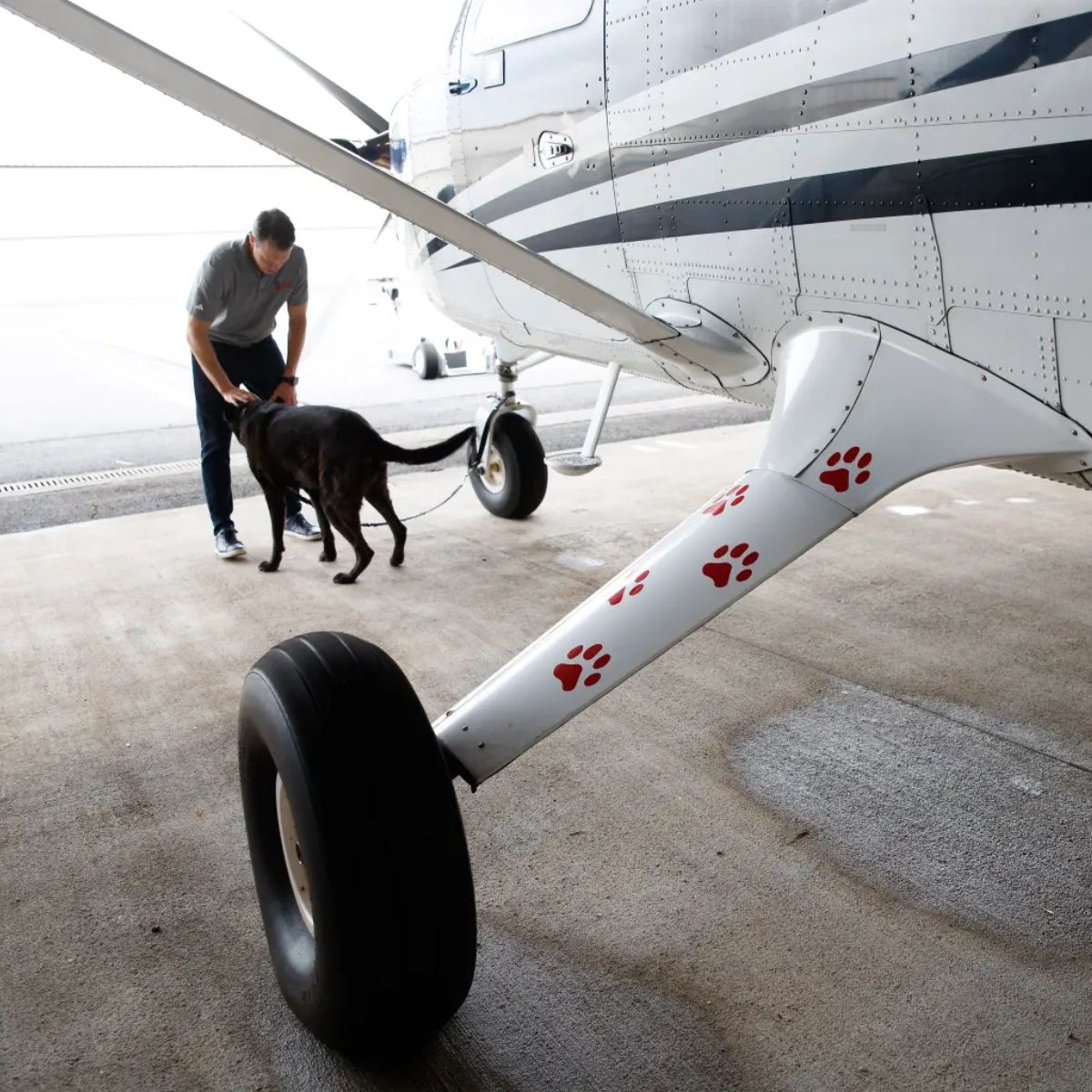
Since its launch, Pilots to the Rescue has flown over 353,600 miles across 313 missions, saving 4,488 animals in states such as North Carolina, Florida, and Texas.
While many picture the work happening entirely in the air, Schneider explains that much of the effort begins on the ground. Animals are transported overnight in sprinter vans to designated pickup spots, arriving in the early morning so resources can be stretched to help even more animals.
This approach not only maximises efficiency but also minimises stress on the animals. By avoiding long waits and reducing handling, the process becomes calmer, safer, and far more humane for every rescued passenger.
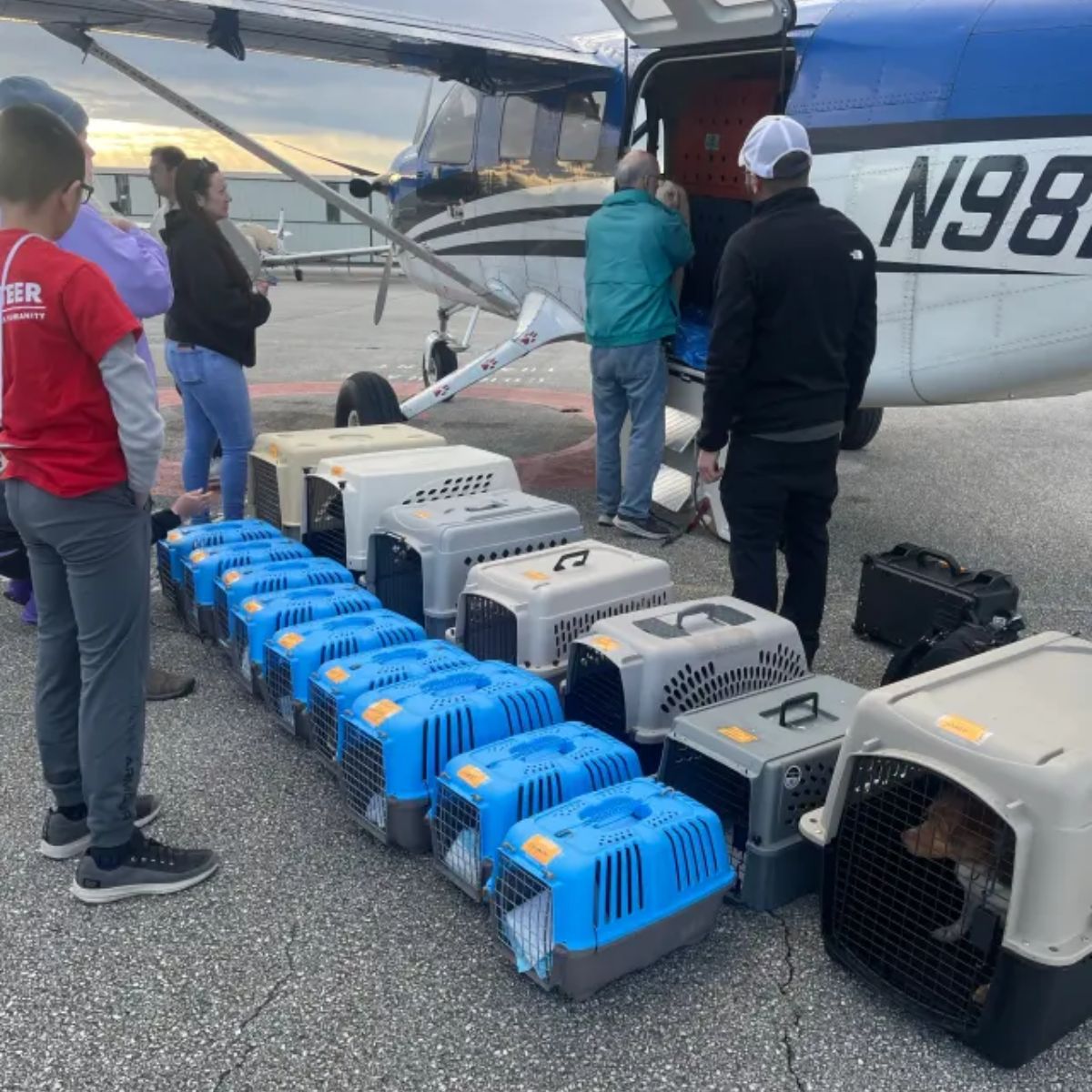
“When they get to the other side, they might feel a little timid coming out of the crate, but when we get them out, their tails are wagging, they’re jumping up and down, they feel energy.”
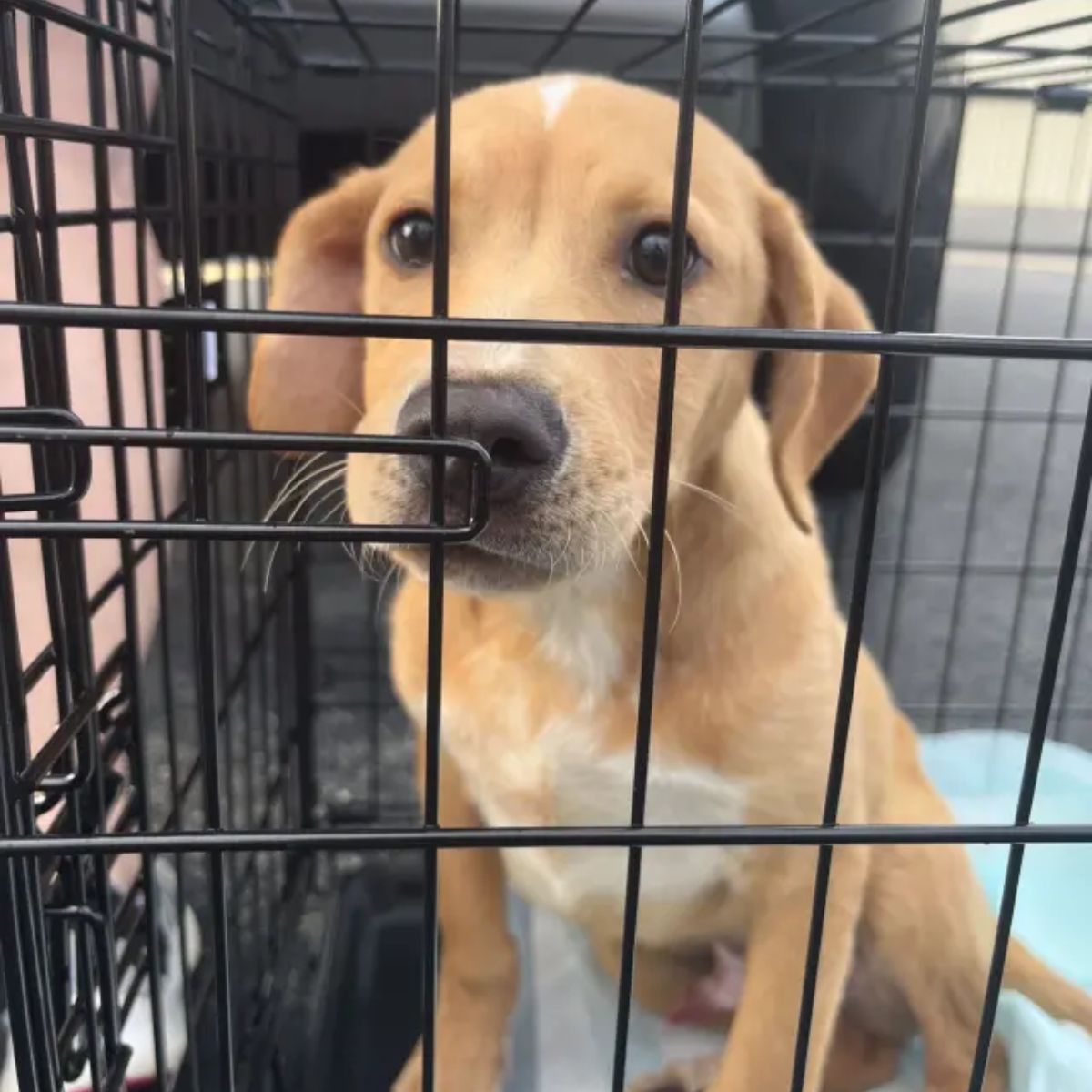
“Animals are smarter than we give them credit for. People are waiting for them to receive them, so they pick up on that. It’s beautiful to see.”
Pilots to the Rescue operates out of a hangar in Essex County, New Jersey, and is one of only about ten aviation-based animal rescue groups in the U.S.
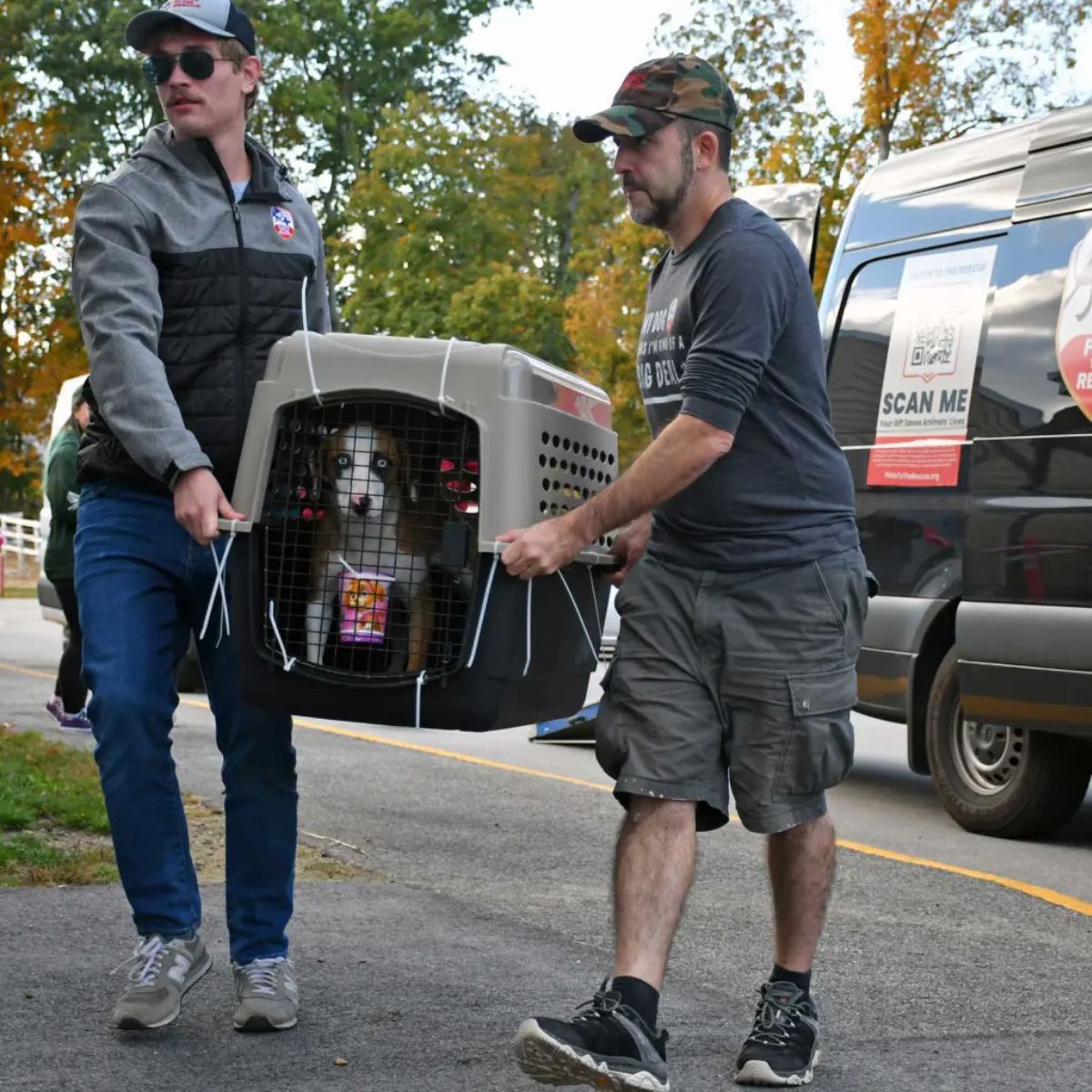
They work closely with both small, independent shelters and larger organisations such as Humane World for Animals to find urgent cases and arrange transport. When smaller shelters can’t fill a flight on their own, Schneider sets up joint missions, turning it into a multi-shelter collaboration.
This approach not only saves costs but also allows more animals to be rescued in a single trip. One example was a mission with St. Francis Animal Shelter in Georgetown, South Carolina, which also took in animals from other overcrowded facilities that were desperate for help and operating well beyond capacity.
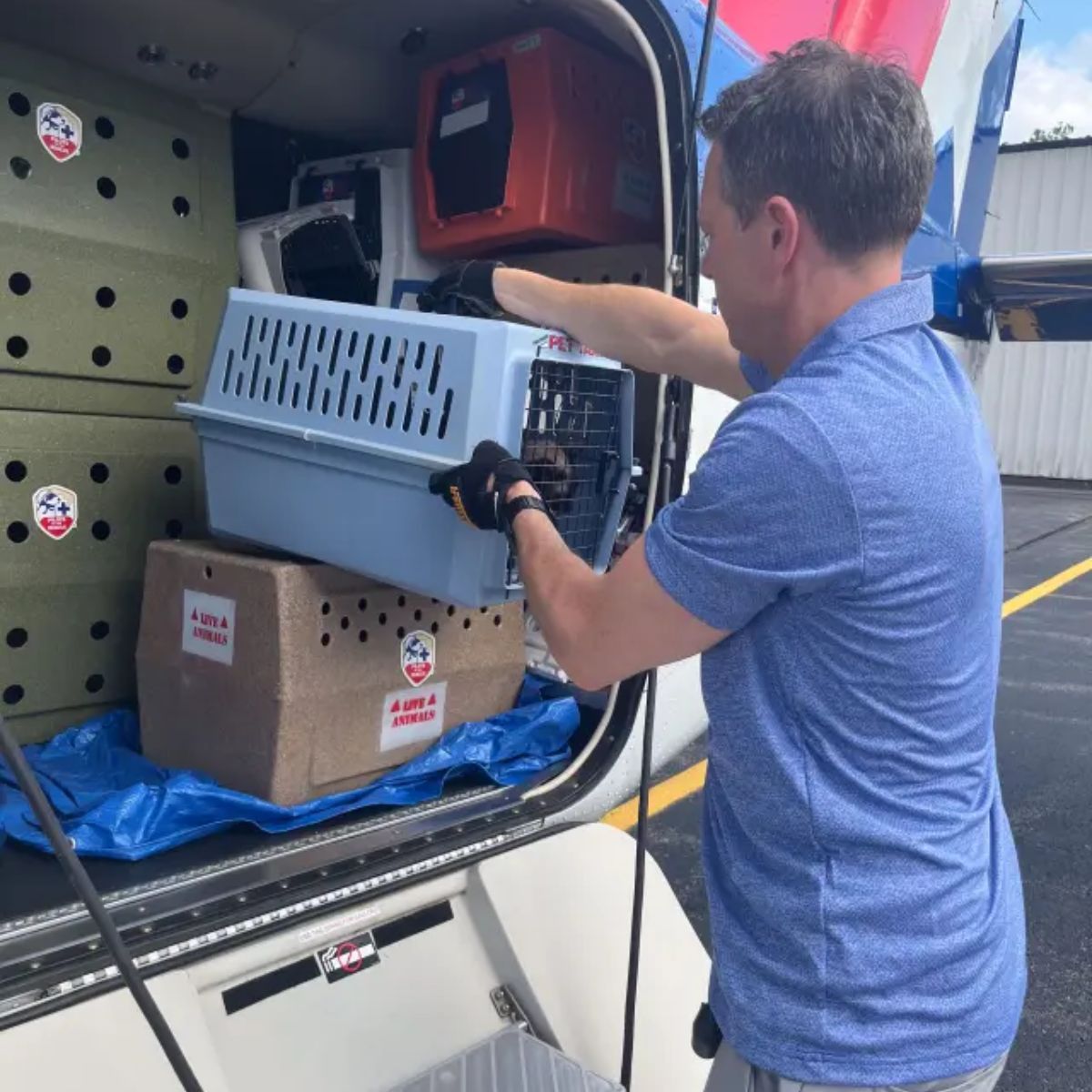
Often, the animals they fly are considered “at-risk” – either due to overcrowding or rising veterinary costs that shelters and owners simply can’t cover.
Sometimes it’s not just dogs and cats – the team also helps relocate wildlife and endangered species, like sea turtles, wolves, and banteng, a critically endangered wild cattle species.
“The endangered species work is really rewarding. Of course, we want to save them all, but sometimes when you’re rescuing all these dogs and cats, you feel like you’re chasing your tail a little bit.”
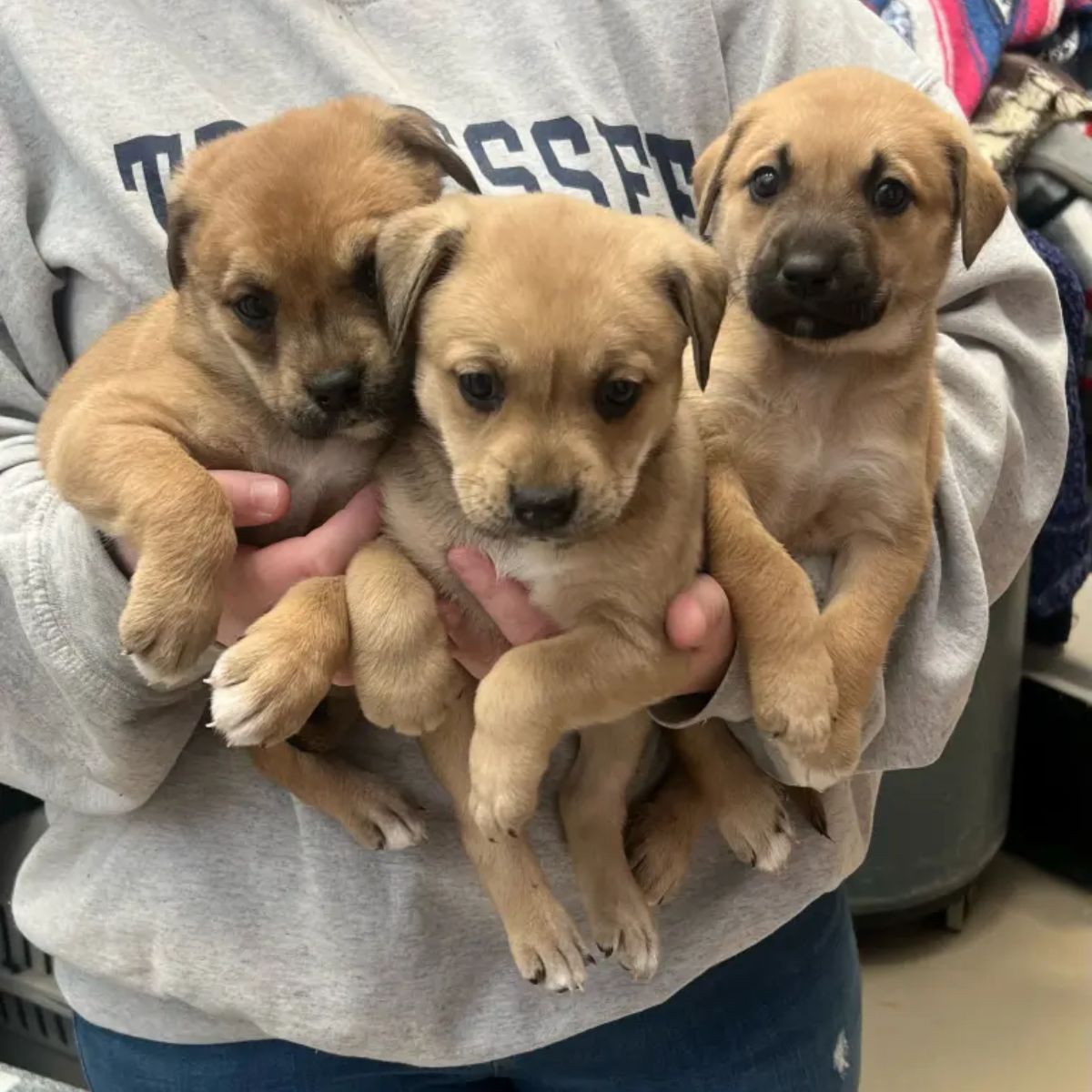
Back home in Greenpoint, Schneider juggles running the nonprofit while raising four young sons with his wife. It’s not easy – especially financially – but he says the impact makes it all worth it.
Some adopters later reach out, calling the animals they adopted the best pets they’ve ever had.
“That’s what keeps me going. To see the animals and their precarious situations that they come from – whether it be hoarding, abuse, neglect, basically left to die. We become a voice for these animals who can’t otherwise speak.”
Although he’s cared for animals his entire life, Schneider says this journey has changed him on a deeper level. As he admitted:
“I used to be very narcissistic and selfish, and all about ‘me, me, me’. But I started to realize that it’s more rewarding to give back, and it’s not about me anymore.”
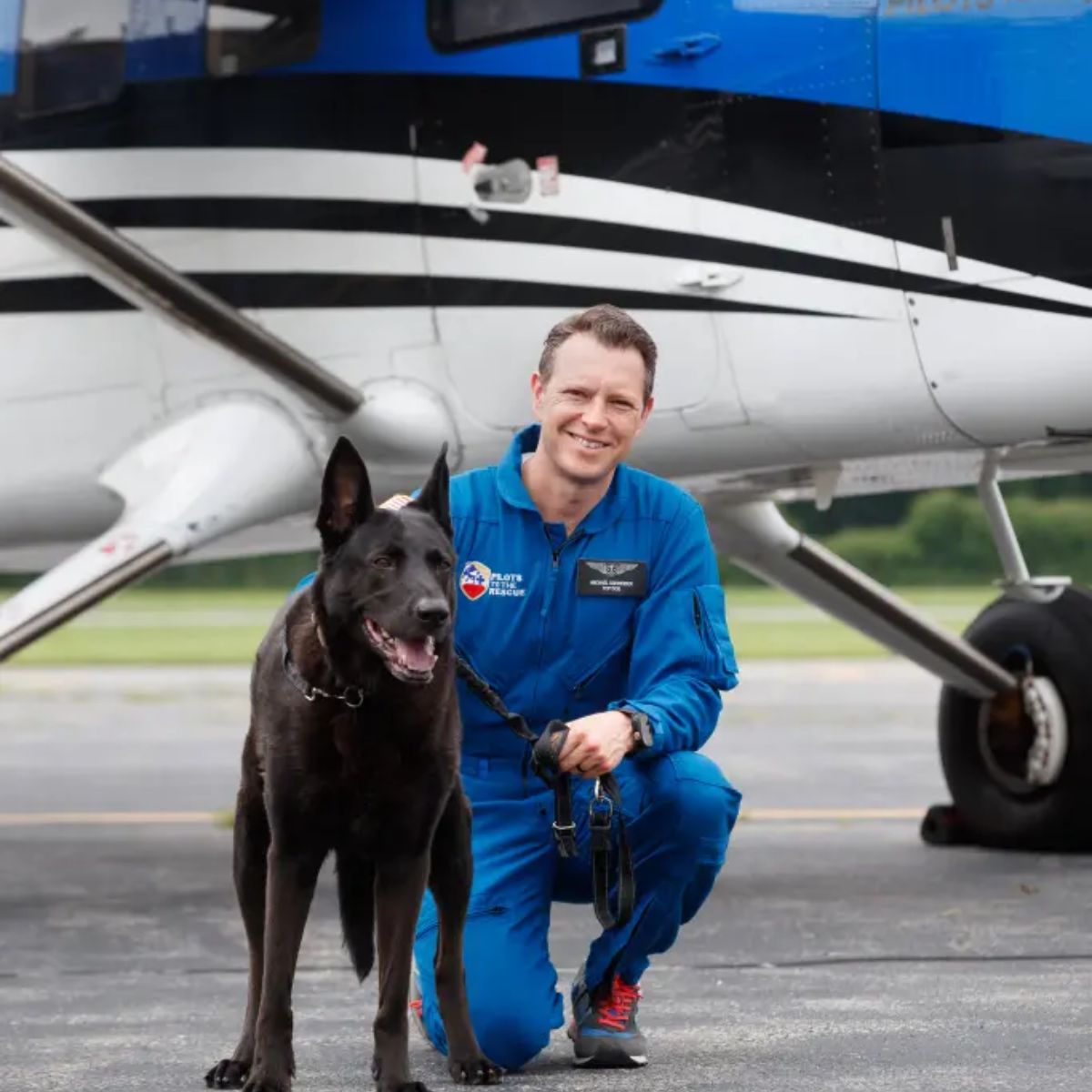
“We want to contribute, we want to make a difference – and that’s a different type of currency.”
Schneider’s tireless commitment shows just how far one person’s determination can go in transforming lives. His passion for aviation and animal rescue has become a lifeline for thousands of pets who might otherwise have been forgotten.
With every mission, he not only transports animals to safety but also restores hope for the shelters and volunteers working behind the scenes.
Each flight is a testament to the belief that kindness, when paired with action, can create lasting change. For the animals he rescues, Schneider isn’t just a pilot—he’s the reason they get to start a new chapter filled with care, security, and love.




